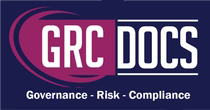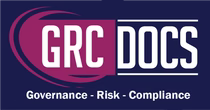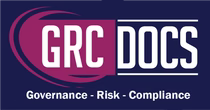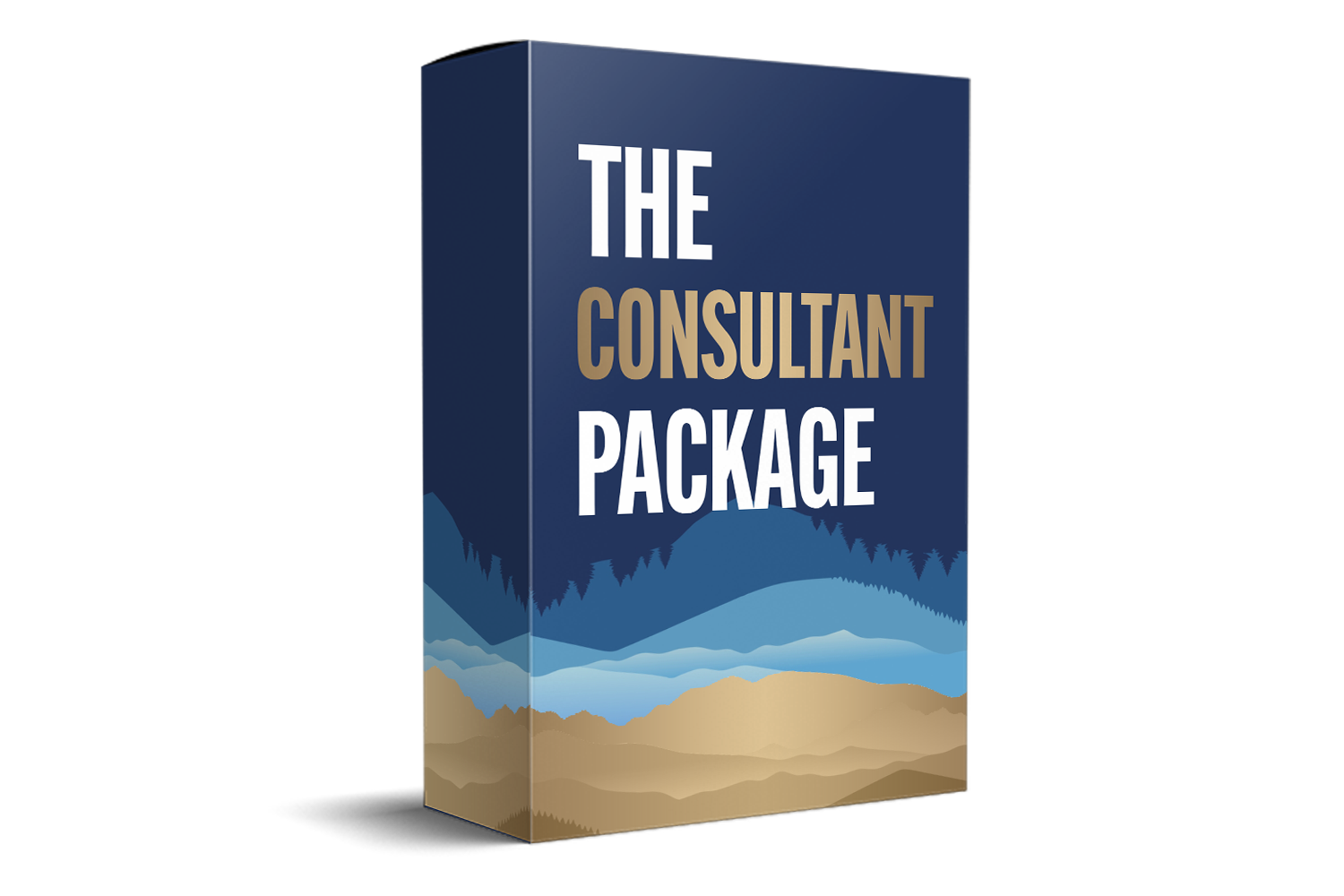NIST Audit Readiness Software | Compliance Made Easy
Introduction
Before diving into the specifics of audit readiness software, let's first explore what NIST audits entail. NIST audits evaluate an organization's adherence to the NIST cybersecurity framework, which is designed to protect sensitive data and manage cybersecurity risks. These audits are comprehensive, assessing various aspects of an organization's security protocols, including policies, procedures, and technical safeguards. Compliance with NIST standards not only ensures data security but also builds trust with stakeholders and customers. Organizations that successfully navigate these audits demonstrate a proactive approach to managing cybersecurity risks, which can be a significant differentiator in today's competitive market.

Importance Of NIST Compliance
NIST compliance is vital for organizations that want to protect their information assets effectively. It helps identify vulnerabilities, manage risks, and develop robust security measures. Furthermore, compliance with NIST standards is often a prerequisite for doing business with government agencies and certain sectors, such as healthcare and finance. Achieving NIST compliance demonstrates a commitment to cybersecurity, which can enhance your reputation and credibility in the market. In an era where data breaches can irreparably harm an organization's brand, maintaining NIST compliance is not just about meeting regulatory requirements but also about safeguarding your organization's future.
What Is NIST Audit Readiness Software?
NIST audit readiness software is a specialized tool designed to assist organizations in preparing for NIST audits. This software typically includes features that automate compliance processes, track progress, and generate reports. By using such software, organizations can streamline their compliance efforts, reduce human error, and ensure they meet the necessary standards. The automation capabilities of these tools not only increase efficiency but also provide real-time insights into compliance status, allowing for quicker adjustments and fewer surprises during an audit.
Key Features Of NIST Audit Readiness Software
-
Automated Compliance Tracking: The software continuously monitors compliance status and highlights areas that require attention. This feature reduces the manual workload and ensures that compliance is always up-to-date. By providing alerts and notifications, it ensures that your team can proactively address compliance gaps before they become significant issues.
-
Risk Management Tools: Effective risk management is crucial for NIST compliance. The software provides tools to identify, assess, and mitigate risks, ensuring your organization remains secure. These tools often include risk assessment templates, risk scoring, and mitigation planning features that enable a systematic approach to managing cybersecurity threats.
-
Document Management: Maintaining documentation is a critical component of NIST compliance. The software helps organize and store necessary documents, making them easily accessible during audits. With features like version control and audit trails, you can ensure that documentation is both accurate and secure, providing confidence during audit reviews.
-
Reporting and Analytics: Comprehensive reports and analytics offer insights into compliance status and areas for improvement. This data-driven approach enables informed decision-making and continuous improvement. The ability to generate customized reports tailored to specific audit requirements can also save significant time and effort during the audit preparation phase.
Benefits Of Using NIST Audit Readiness Software
Implementing NIST audit readiness software offers numerous benefits for organizations striving for compliance. By leveraging technology to manage compliance tasks, organizations can focus on strategic priorities while maintaining a high standard of security.
-
Streamlined Compliance Processes: The software automates various compliance tasks, reducing the manual effort required. This streamlining allows your team to focus on strategic initiatives while ensuring compliance requirements are consistently met. By eliminating redundancies and optimizing workflows, organizations can achieve compliance more efficiently and with greater accuracy.
-
Enhanced Risk Management: With built-in risk management tools, the software enables proactive identification and mitigation of potential threats. This proactive approach minimizes vulnerabilities and strengthens your organization's security posture. By continuously monitoring the risk landscape, organizations can adapt to new threats quickly, maintaining a strong defense against potential breaches.
-
Improved Documentation and Reporting: Accurate documentation and reporting are essential for successful audits. The software simplifies these processes, ensuring that all necessary records are readily available and up-to-date. With robust reporting capabilities, organizations can not only prepare for audits more effectively but also gain valuable insights into their compliance practices, enabling continuous improvement.
-
Cost and Time Efficiency: By automating compliance tasks and reducing manual work, the software saves time and resources. This efficiency translates into cost savings and allows your organization to allocate resources more effectively. In addition to direct financial benefits, the time saved can be redirected toward other critical business initiatives, enhancing overall productivity.
-
Choosing the Right NIST Audit Readiness Software: Selecting the right software is crucial for maximizing its benefits. Consider the following factors when evaluating potential solutions to ensure you choose a tool that aligns with your organization's needs and objectives.
-
Ease of Use: The software should be user-friendly and intuitive, ensuring that your team can quickly adapt to its features and functionalities. An intuitive interface can significantly reduce the learning curve and increase user adoption, maximizing the software's value.
-
Integration Capabilities: Ensure the software integrates seamlessly with your existing systems and tools. This compatibility enhances efficiency and ensures a smooth workflow. Integration with other IT systems can also provide a holistic view of your compliance status, enabling better coordination across different departments.
-
Customization Options: Every organization has unique compliance needs. Choose software that offers customization options to tailor its features to your specific requirements. Customizable dashboards, reports, and workflows can help ensure the software aligns closely with your organization's processes and goals.
- Vendor Support: Reliable customer support is essential for addressing any issues or questions that arise. Opt for a vendor that offers robust support services to assist your team when needed. In addition to basic support, look for vendors that offer training resources, user communities, and regular updates to keep your software aligned with the latest compliance standards.
Implementing NIST Audit Readiness Software
Successfully implementing NIST audit readiness software requires careful planning and execution. Follow these steps to ensure a smooth transition and maximize the software's benefits.
-
Assess Your Current Compliance Status: Before implementing the software, evaluate your organization's current compliance status. Identify areas that need improvement and prioritize them during the implementation process. Understanding your starting point allows you to set realistic goals and track progress effectively.
-
Develop a Comprehensive Implementation Plan: Create a detailed implementation plan that outlines the steps, timeline, and responsibilities. A well-structured plan ensures a smooth rollout and minimizes disruptions. By involving key stakeholders in the planning process, you can ensure that the software implementation aligns with organizational objectives and addresses specific needs.
-
Train Your Team: Provide comprehensive training to ensure your team understands how to use the software effectively. Proper training maximizes the software's benefits and ensures a successful implementation. Training should be ongoing, with refresher sessions and updates provided as new features or compliance requirements emerge.
- Monitor and Evaluate Performance: Continuously monitor the software's performance and evaluate its impact on your compliance efforts. Regular assessments enable you to identify areas for improvement and optimize your compliance strategy. By establishing key performance indicators, you can measure success and make data-driven decisions to enhance your compliance program.
Conclusion
NIST audit readiness software is a valuable tool for organizations seeking to streamline compliance processes and enhance security. By automating compliance tasks, improving risk management, and facilitating documentation, the software empowers your organization to achieve and maintain NIST compliance efficiently. Investing in such technology not only simplifies the audit process but also strengthens your organization's overall security posture.






